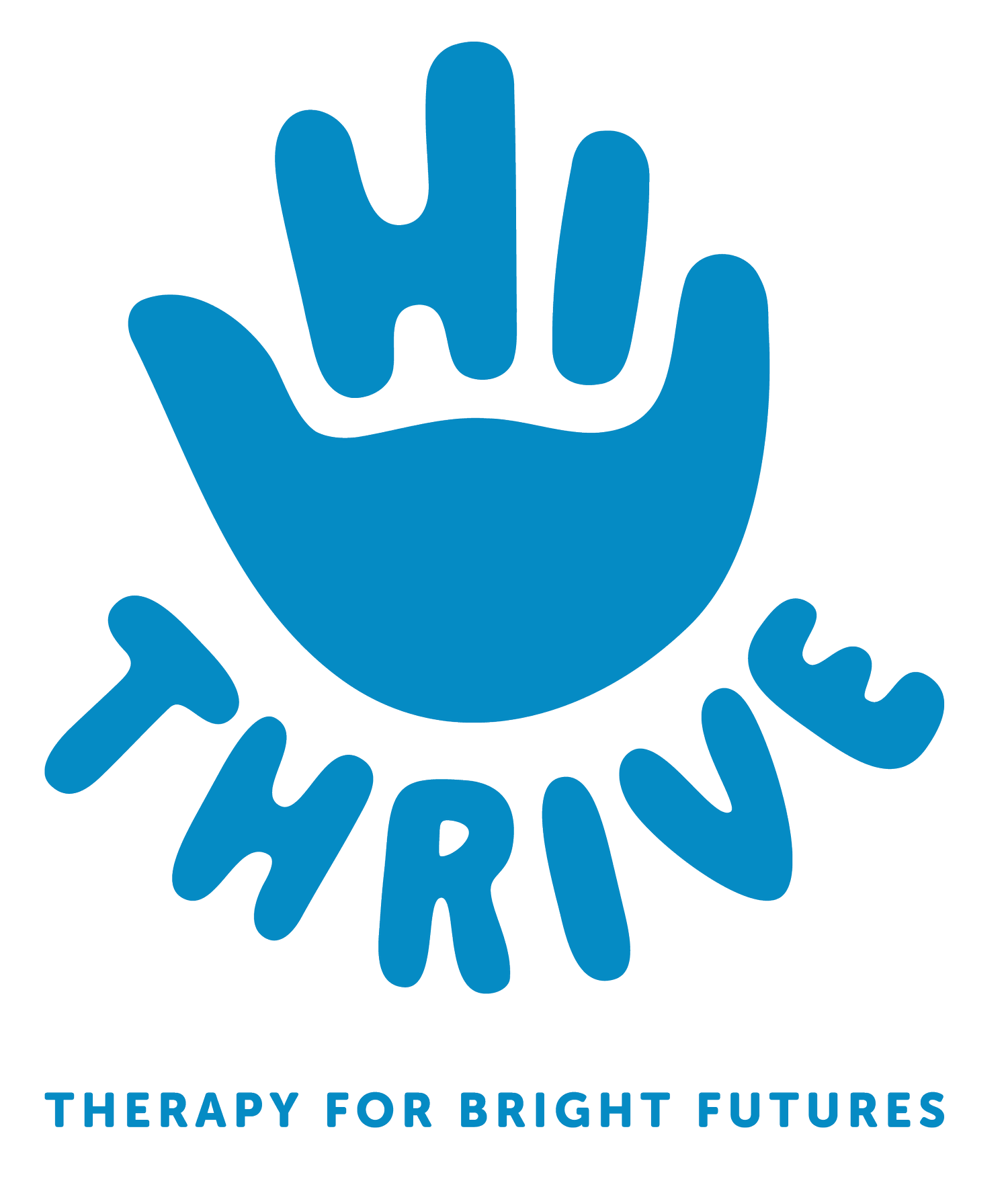How Augmentative and Alternative Communication (AAC) can help language development in toddlers.
Language development is a crucial milestone in a toddler's life, laying the foundation for effective communication and social interaction. However, some toddlers may face challenges in expressing themselves verbally. Augmentative and Alternative Communication (AAC) emerges as a powerful tool to support and enhance language development in these young learners.
AAC refers to a set of tools and strategies that support or replace verbal communication for individuals with limited or no speech. This can include gestures, sign language, communication boards, and high-tech devices equipped with speech-generating applications. While AAC is often associated with individuals with complex communication needs, its application in toddler language development has gained recognition for its positive impact.
Breaking Down Barriers: For toddlers facing speech and language challenges, AAC serves as a bridge, breaking down communication barriers and providing a means to express thoughts, needs, and feelings. This is particularly beneficial for children with conditions such as autism spectrum disorder, developmental delays, or speech disorders. By introducing AAC early on, toddlers can begin building their communication skills, reducing frustration and promoting a sense of independence.
AAC tools act as facilitators, supporting toddlers in expressing themselves in various environments, including home, school, and social settings. Whether through simple picture boards or more advanced communication devices, AAC offers toddlers a way to engage with others, share experiences, and participate in everyday activities. This active participation is crucial for their social and emotional development.
VOCABULARY
AAC tools play a significant role in expanding a toddler's vocabulary. By associating symbols or pictures with words, these tools create a visual link between the concept and its representation. This aids in vocabulary acquisition, enabling toddlers to understand and use a broader range of words. AAC thus acts as a valuable supplement to traditional speech therapy, fostering a more comprehensive language development process.SOCIAL COMMUNICATION
Language development extends beyond the ability to form words; it encompasses social interaction and communication. AAC encourages collaborative communication, fostering social engagement among toddlers. By using visual aids or devices, toddlers can initiate conversations, ask questions, and share their thoughts with peers and caregivers, promoting a sense of connection and community.LITERACY
Early exposure to AAC can positively impact a toddler's literacy skills. By reinforcing the association between symbols and words, AAC tools contribute to a better understanding of language structure. This foundation supports later literacy development, including reading and writing skills, setting the stage for academic success.
Augmentative and Alternative Communication is a powerful ally in supporting language development in toddlers facing speech and communication challenges. Introducing AAC early in a toddler's life can pave the way for a brighter future, where every child has the opportunity to express themselves and engage meaningfully with the world.
